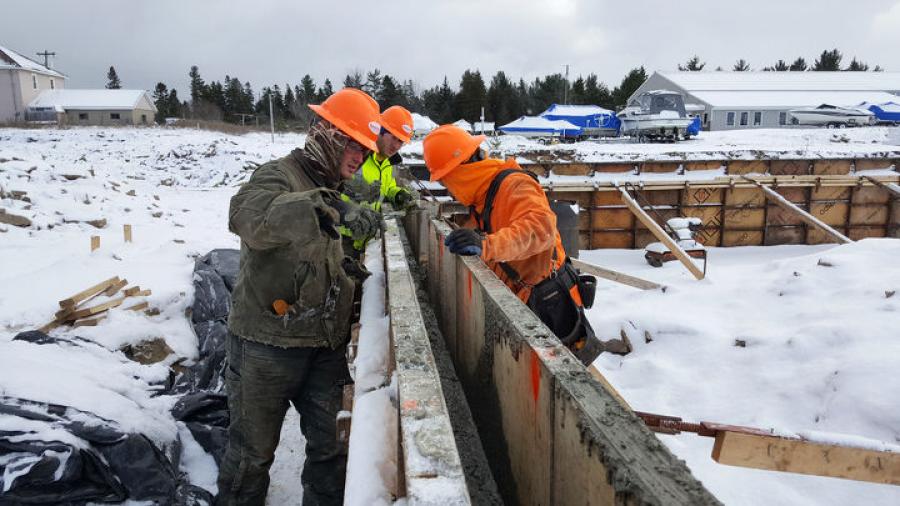As cold weather sets in, workers must protect themselves against cold-related injuries. Prolonged exposure to freezing or cold temperatures can cause serious injuries, such as trench foot, frostbite, and hypothermia. In extreme cases, including cold water immersion, injuries are almost always preventable if the appropriate precautions are taken.
Know the warning signs of hyporthermia
Hypothermia can occur even when the air temperature is above freezing – especially in windy or damp conditions. Look for these symptoms:
- Numbness, stiffness, drowsiness, poor coordination
- Slow or irregular breathing and heart rate
- Slurred speech
- Cool skin, puffiness in the face
- Shivering with teeth chattering
- Confusion, disorientation, memory loss..
Use these best practices in the cold
- Stay healthy
- Stay in peak physical shape
- Stay active to produce more heat
- Eat warm, high calorie foods, such as hot pasta and soups
- Drink warm, sweet beverages i.e. hot chocolate or sports drinks; the sugar helps the body generate additional heat
- Drink plenty of water, but avoid alcohol, caffeine, and tobacco
- Keep extremities dry
- Use moisturizing lotions and lip balm
- Dress properly
- Dress in layers
- Wear a liner in your hardhat
- Wear water-resistant boots
- Wear synthetic fabrics, such as polypropylene, next to skin
- Wear an outer, windproof layer
- Avoid tight-fitting footwear and change socks often
- Wear mittens with liners, if possible
- Get out of the cold
- Allow rest and warm-up breaks
- Use warming devices, if available
- Try to schedule work for the warmest part of the day
- Work in pairs to help workers recognize danger signs
- Work in a shelter when possible











